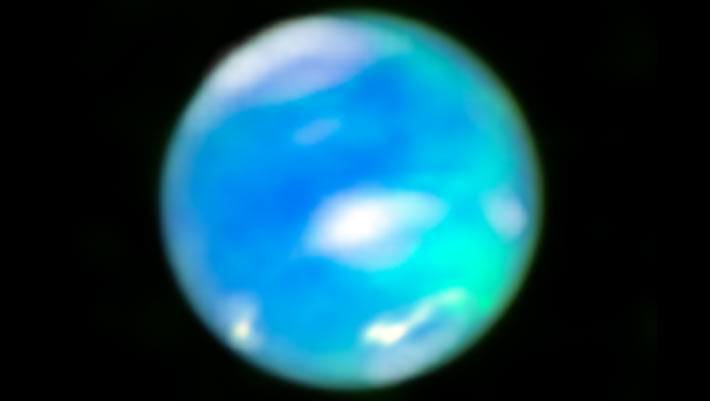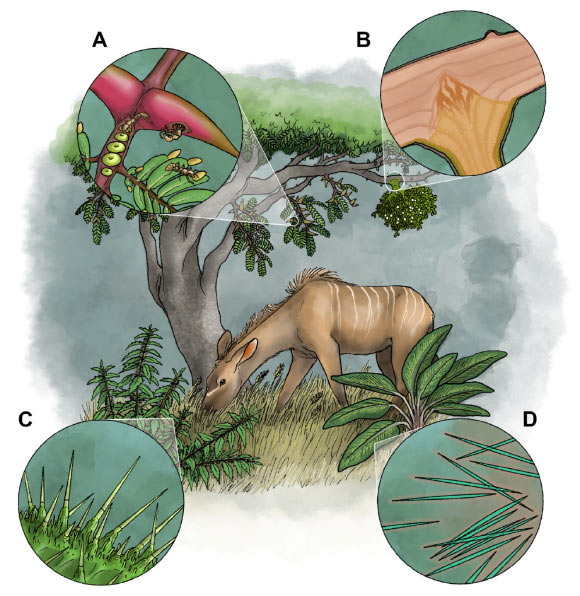Now Reading: Webb Telescope Discovers Rare Molecule, Spots Aurorae on Neptune
-
01
Webb Telescope Discovers Rare Molecule, Spots Aurorae on Neptune
Webb Telescope Discovers Rare Molecule, Spots Aurorae on Neptune

### Fast Summary
– Trihydrogen cation (H3+) emissions and distinct infrared southern aurorae have been detected on Neptune by NASA/ESA/CSA’s James Webb Space Telescope.
– Past observations offered hints of auroral activity on Neptune,but confirmation had been elusive until now.
– The discovery stems from analysis performed in June 2023 using Webb’s Near-Infrared Spectrograph (NIRSpec).- these aurorae differ from Earth’s or even other gas giants like Jupiter and Saturn. They appear in mid-latitudes instead of at the poles, due to Neptune’s magnetic field being tilted 47 degrees from it’s rotation axis.
– A prominent emission line signified the presence of H3+, and scientists also measured the planet’s upper atmospheric temperature for the first time since Voyager 2’s flyby in 1989.
– Findings show a critically important cooling of Neptune’s upper atmosphere-several hundred degrees colder than previously predicted-explaining why its aurorae remained hidden for so long.
– scientists believe this groundbreaking detection will enhance understanding of how solar particles interact with Neptune’s magnetic field at extreme distances within our Solar System.
[Read More](https://www.sci.news/astronomy/webb-trihydrogen-aurorae-neptune-13779.html)
—
### Indian Opinion Analysis
India has an active interest in space research, with organizations like ISRO playing a leading role globally. This groundbreaking discovery on Neptune highlights the significance of modern observational tools such as powerful space telescopes like JWST. As India continues collaborating internationally in planetary science (e.g.,thru joint missions),these findings underscore potential advancements India could achieve by investing further into cutting-edge instrumentation.
Furthermore, understanding phenomena such as magnetic fields and atmospheric conditions on distant planets could offer insights applicable to Earth’s own environment over time. For Indian researchers striving to uncover solar-terrestrial relationships or develop models predicting planetary behavior, this study sets both an example and opportunity for expanding scientific horizons.
[Read More](https://www.sci.news/astronomy/webb-trihydrogen-aurorae-neptune-13779.html)

























